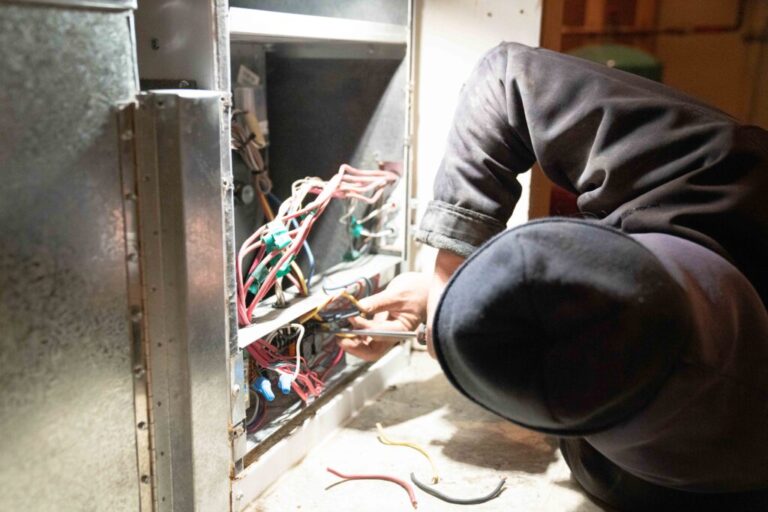No one likes the surprise of an ice-cold shower—especially in the middle of winter. Most homeowners don’t think about their water heater until it stops working. But the truth is, these units often show warning signs long before they completely give out. So how can you tell? In this post, we’ll show you how to know if your water heater is about to fail—and what you should do next.
1. Inconsistent or No Hot Water
If your water suddenly runs cold in the middle of a shower, or if it takes forever to heat up, that’s one of the clearest indicators that something’s wrong. This could be a sign of a failing heating element or sediment buildup inside the tank.
2. Strange Noises Coming from the Tank
Hearing banging, rumbling, or popping sounds? That’s usually caused by sediment buildup heating and hardening at the bottom of the tank. Over time, this not only reduces efficiency but can also crack the tank, leading to a full system failure.
3. Rusty or Discolored Water
If your hot water has a rusty, brown, or cloudy tint—or a metallic smell—it could mean the inside of your water heater is starting to corrode. In particular, this points to a deteriorating anode rod or even the tank itself breaking down from the inside.
4. Water Around the Base of the Tank
Even a small puddle at the base of your unit is cause for concern. Leaks often start slowly, but if left unattended, they can lead to flooding, mold, and structural damage. This is one of the clearest signs that your water heater is at the end of its life.
5. It’s More Than 10 Years Old
Most traditional tank-style water heaters last between 8–12 years. If your unit is older than that, it’s smart to start watching for signs of failure—and to plan for replacement before you’re left without hot water.
You can find your water heater’s age by checking the serial number printed on the unit. If you’re not sure how to read it, one of our plumbers at Pro Service Mechanical can help.
6. Rising Energy Bills
If your energy bills are slowly creeping up and your hot water habits haven’t changed, your water heater may be to blame. A failing unit often works harder to deliver the same results, leading to higher operating costs.
7. You Notice a Drop in Water Pressure
Sediment buildup inside the tank or in your plumbing lines can reduce your home’s water pressure. If the drop is only affecting hot water outlets, it could mean your water heater is filling up with mineral deposits and needs attention.
What to Do If You Notice These Signs
If you’ve spotted one or more of these red flags, don’t wait until your water heater completely fails. Here’s what you should do:
- Turn off power or gas supply to the unit if there’s a leak or strange noise
- Call Pro Service Mechanical for a professional diagnosis and honest advice
- Ask about repair vs. replacement options based on your heater’s age and condition
- Consider switching to a tankless water heater for improved efficiency
Keep Your Hot Water Flowing
Now you know how to know if your water heater is about to fail—but regular maintenance can prevent most of these issues in the first place. At Pro Service Mechanical, we offer water heater inspections, repairs, and replacements to keep your system safe, efficient, and reliable year-round.
Don’t wait for a cold shower to take action. If your water heater is showing signs of failure, contact Pro Service Mechanical today to schedule your inspection or get a free quote on a new system.




